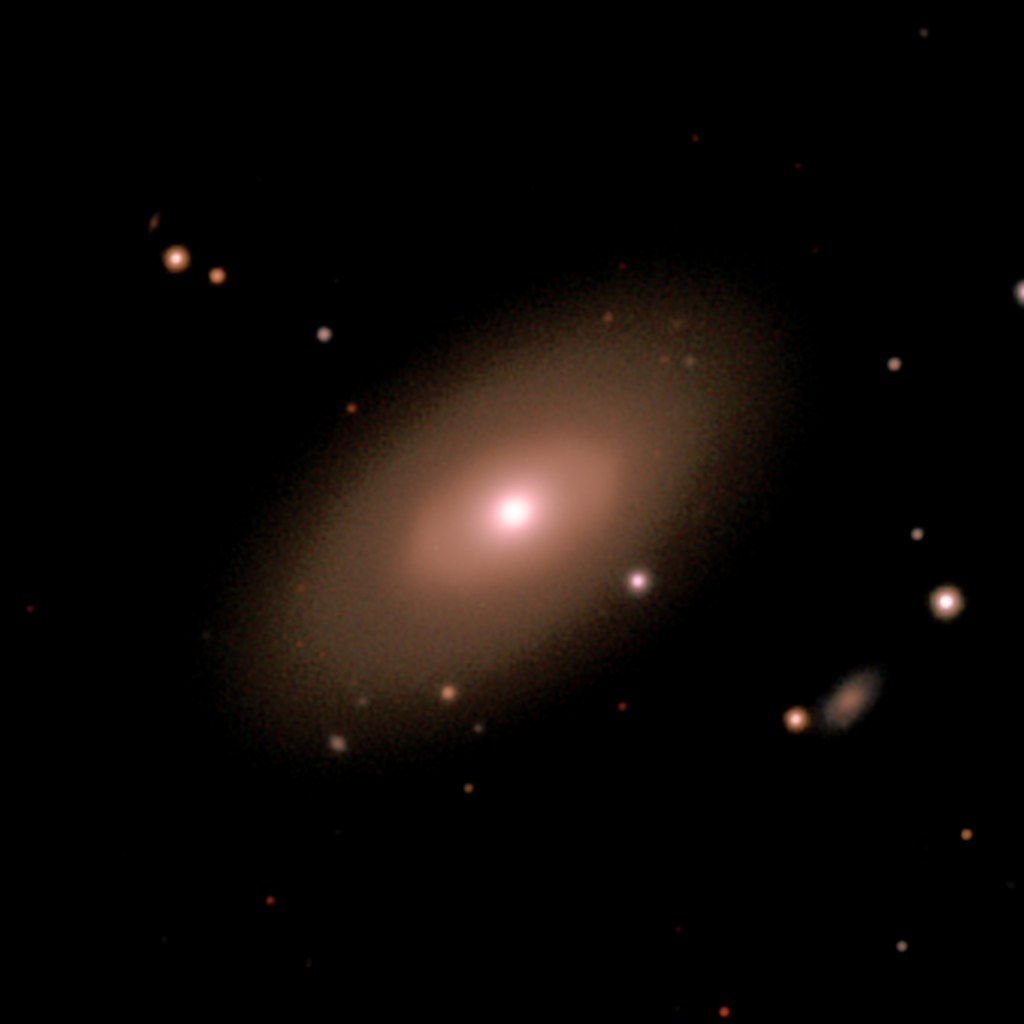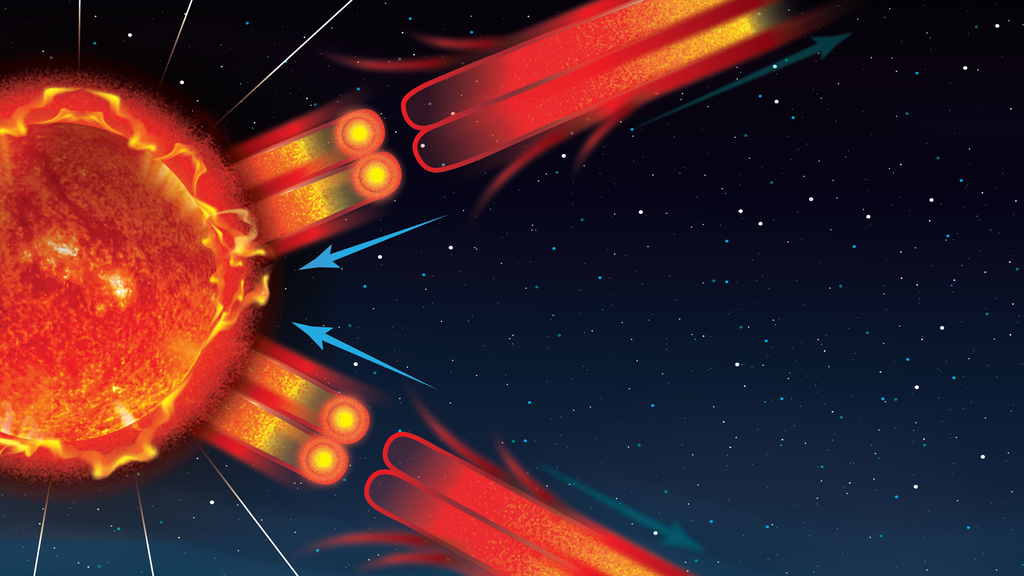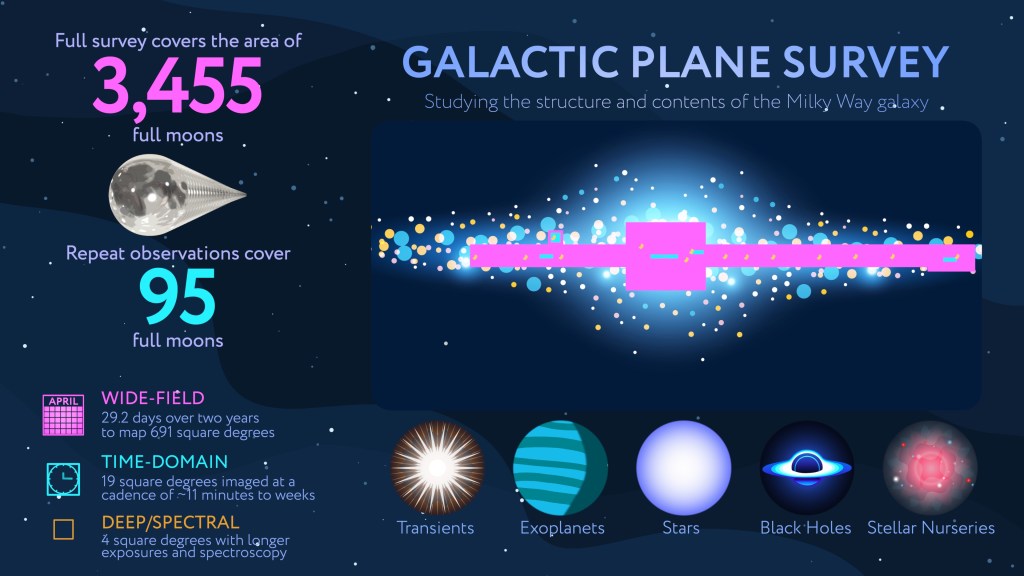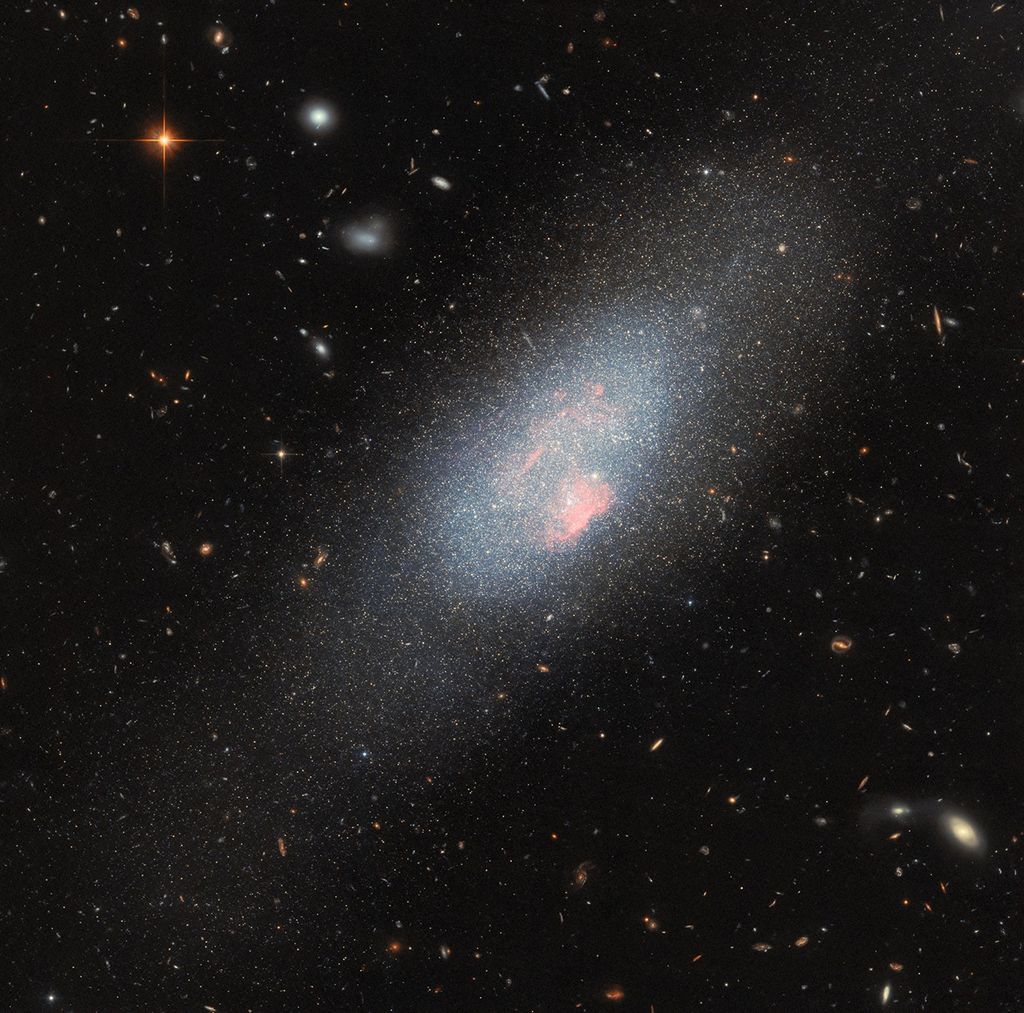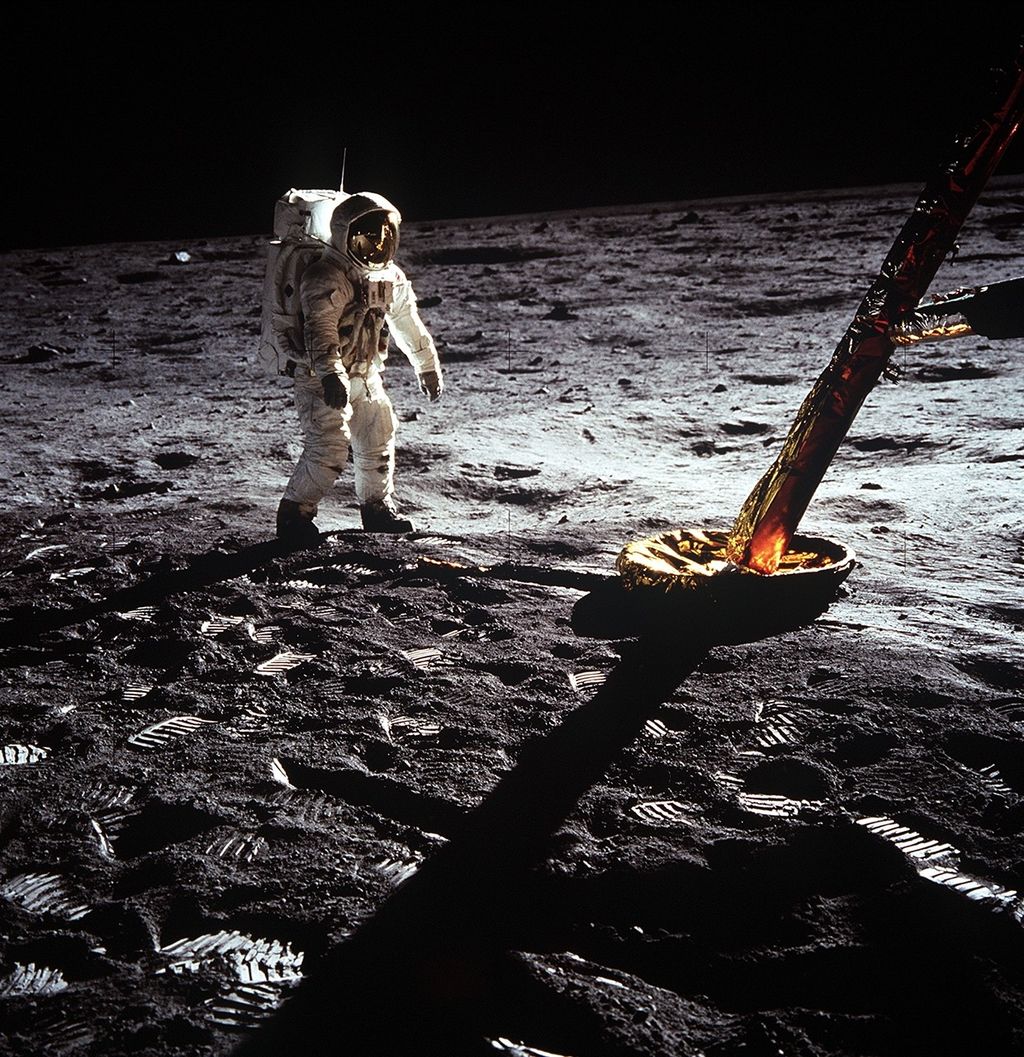1 min read
Illustration of Asteroid (Artist’s Impression)
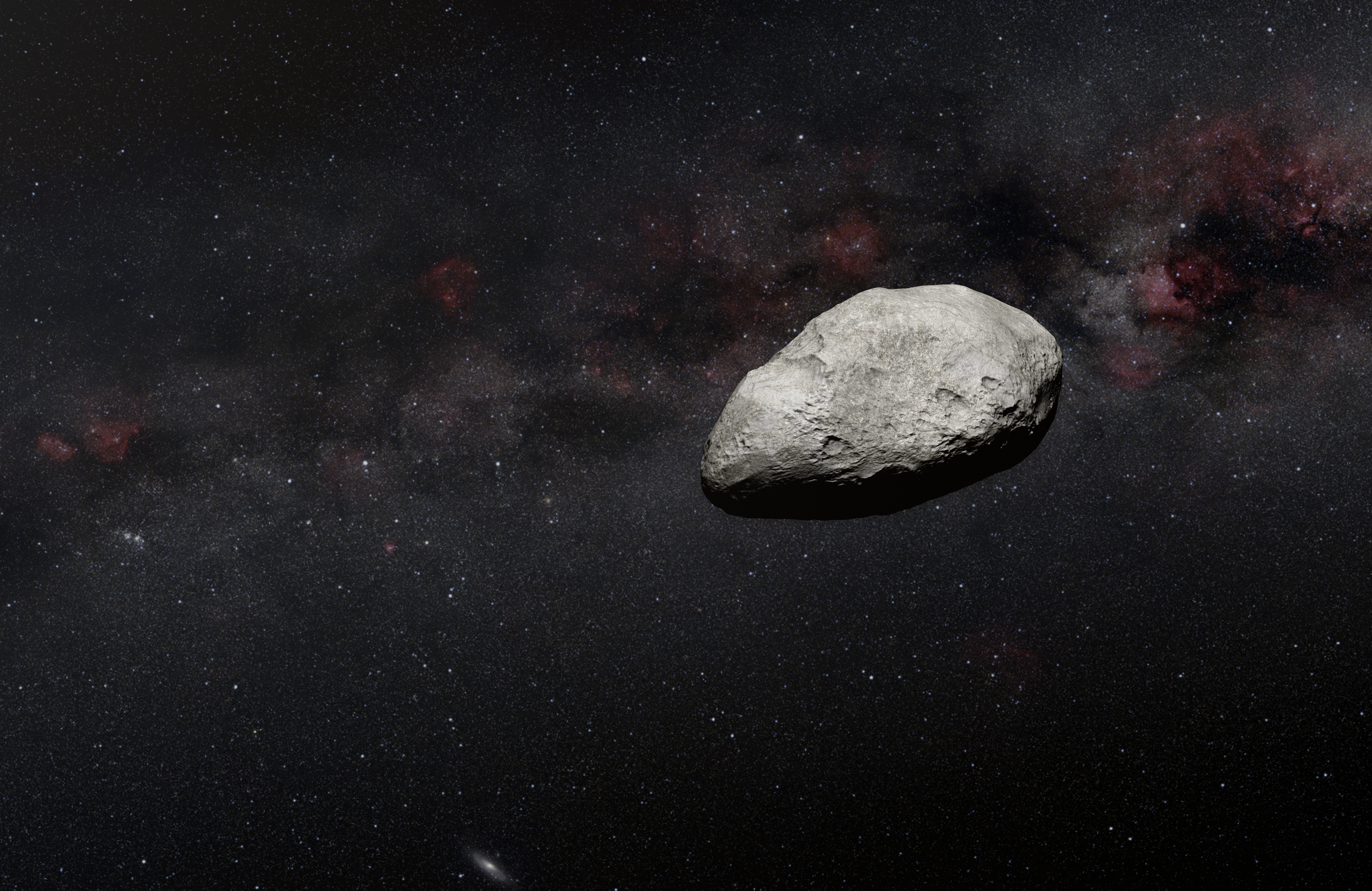
An asteroid roughly the size of Rome’s Colosseum — between 300 to 650 feet (100 to 200 meters) in length — has been detected by an international team of European astronomers using NASA's James Webb Space Telescope. They used data from the calibration of the MIRI instrument, in which the team serendipitously detected an interloping asteroid. The object is likely the smallest observed to date by Webb and may be an example of an object measuring under 1 kilometer in length within the main asteroid belt, located between Mars and Jupiter. More observations are needed to better characterize this object’s nature and properties.
About the Data
- Data DescriptionData DescriptionProposal: A description of the observations, their scientific justification, and the links to the data available in the science archive.
Science Team: The astronomers who planned the observations and analyzed the data. "PI" refers to the Principal Investigator.
- Release DateFebruary 6, 2023
- Science ReleaseWebb Detects Extremely Small Main Belt Asteroid
- CreditArtwork: NASA, ESA, CSA, N. Bartmann (ESA/Webb), Martin Kornmesser (ESA), Serge Brunier (ESO), Nick Risinger (Photopic Sky Survey)
Share
Details
Laura Betz
NASA’s Goddard Space Flight Center
Greenbelt, Maryland
laura.e.betz@nasa.gov
NASA, ESA, CSA, N. Bartmann (ESA/Webb), Martin Kornmesser (ESA), Serge Brunier (ESO), Nick Risinger (Photopic Sky Survey)


